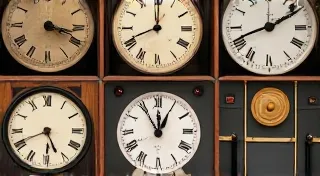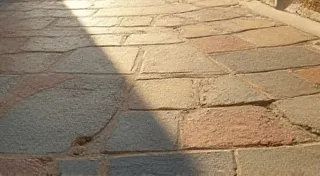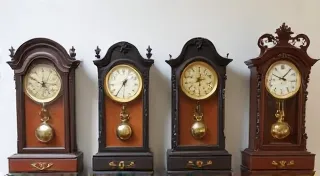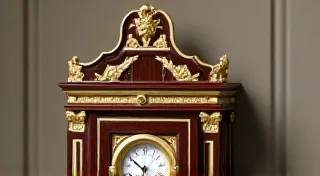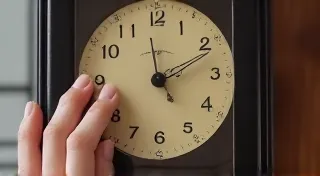The Pendulum's Echo: How Clockmakers' Lives Resonate Through Their Creations
Imagine holding a piece of history in your hands. Not a grand, imposing artifact, but something intimate, something that marked the passing of countless moments for those who came before. An antique clock isn’t simply a timekeeping device; it's a vessel, holding within its intricate gears and polished brass the echoes of a clockmaker’s life, the pulse of a bygone era. It’s a tangible link to a world where craftsmanship was revered, precision was paramount, and every creation bore the indelible mark of its maker.
The allure of antique clocks transcends mere functionality. It's about connecting with a story, a legacy. Each tick and tock is a whisper of the past, a quiet testament to the dedication and skill of the individuals who brought these remarkable machines into existence. But how do we begin to understand those stories? How do we decipher the clues left behind in the wood, the metal, the subtle details that distinguish a masterful creation from a more commonplace piece?
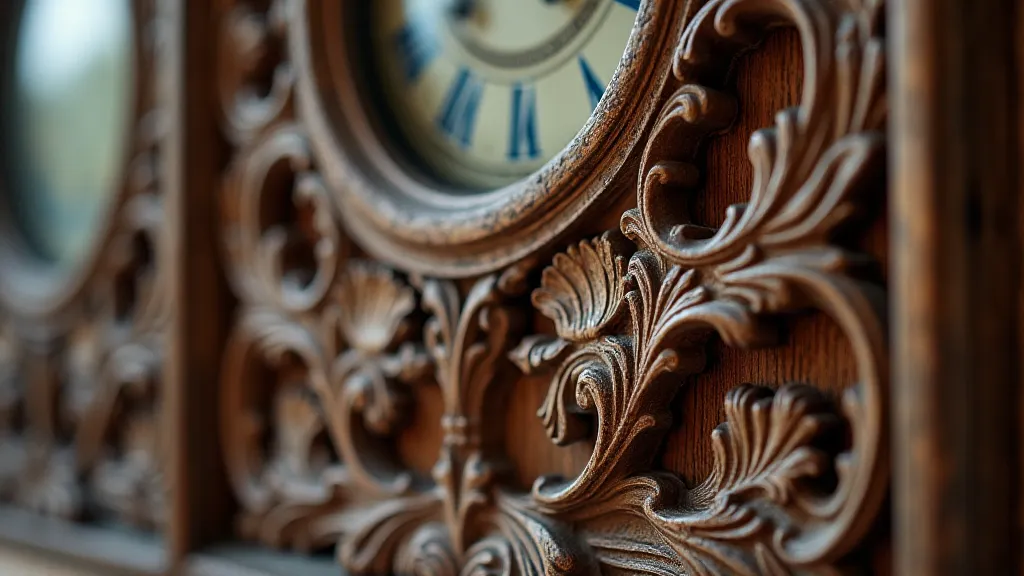
The Clockmaker's World: Historical Context
To appreciate the subtleties of clock identification, one must first understand the historical context in which these clocks were made. The history of clockmaking is intertwined with the technological advancements of its time. Early mechanical clocks emerged in Europe during the 14th century, a period of burgeoning scientific inquiry and the gradual shift from sundials and water clocks. These were primarily housed in towers, marking time for communities and cathedrals – monumental declarations of progress. The need for smaller, more accurate, and more personal timekeeping devices spurred innovation.
The 16th and 17th centuries witnessed a flourishing of horological artistry. German clockmakers, like Peter Henlein, are credited with creating the first portable clocks, often referred to as "Nuremberg Eggs," which were treasured possessions of the wealthy. The Dutch, with their maritime prowess and their mastery of precision engineering, made significant contributions to the refinement of escapements and pendulum mechanisms. The introduction of the pendulum by Christiaan Huygens in the 17th century revolutionized accuracy, dramatically reducing errors and ushering in a new era of standardized time.
The Industrial Revolution brought profound changes. Mass production began to replace traditional craftsmanship, but this also spurred innovation in materials and designs. The availability of affordable brass, steel, and enamel enabled clockmakers to experiment with new forms and embellishments. The rise of the middle class created a burgeoning market for decorative and functional timepieces, ranging from stately grandfather clocks to more accessible mantel clocks.
Decoding the Maker’s Mark: Identifying Regional Styles
Clock identification is rarely a straightforward process. It’s a detective story, piecing together fragments of information to reconstruct a clock's origin and its maker's story. Regional styles offer invaluable clues. British clocks, for example, often feature elegant, serpentine cases with beautifully inlaid woods. American clocks, particularly those from the late 18th and early 19th centuries, often showcase a blend of European influences with a distinctly American aesthetic – often robust and practical. French clocks, especially those from the 19th century, often exhibit a focus on ornamentation and a lavish use of gilt and porcelain.
The style of the movement itself – the intricate mechanism that drives the clock – provides further information. German movements often display a high degree of technical sophistication, while English movements are renowned for their elegant simplicity. Even the shape and size of the weights and pendulum can offer clues to the clock’s origins and purpose.
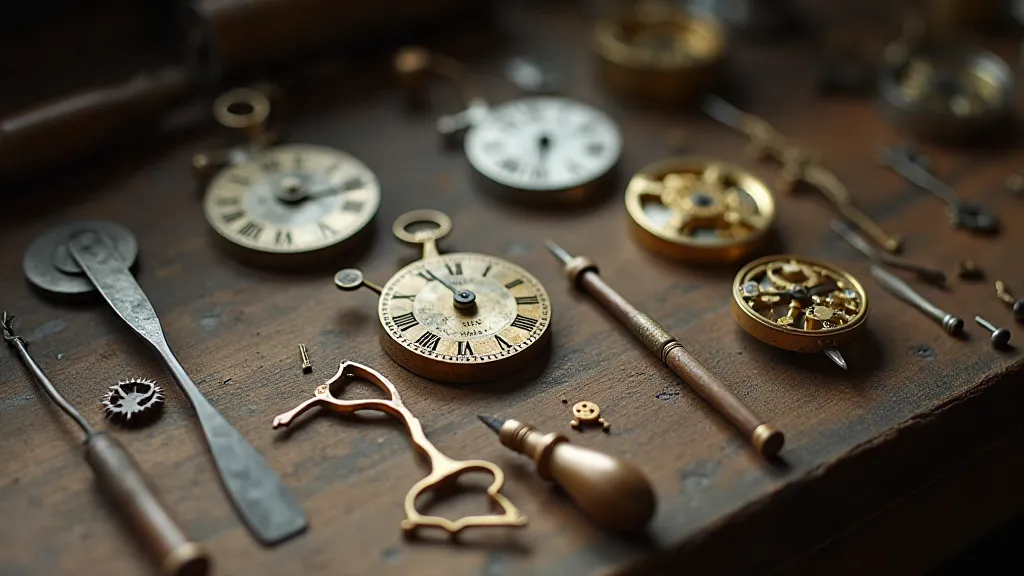
Beyond the Mechanism: The Human Touch
But identifying an antique clock isn’t just about cataloging styles and movements. It’s about understanding the human element – the clockmaker’s personal touch. Often, clockmakers would subtly incorporate their own artistic flair into their creations. A delicately carved flower, a unique engraving on the brass, a particular shade of enamel – these seemingly minor details can reveal a clockmaker’s personality and skill.
Consider the story of John Harrison, the 18th-century English clockmaker who devoted decades of his life to solving the challenge of marine chronometry – creating a clock accurate enough to determine longitude at sea. His relentless pursuit of precision and his innovative solutions, born from personal dedication, revolutionized navigation and significantly impacted global trade. His story underscores the inherent connection between a clockmaker’s passion and the technological advancements they fostered.
Similarly, many family-owned clockmaking businesses passed down traditions and skills across generations. These family marks, often subtly incorporated into the clock’s design, are highly sought after by collectors.
Restoration, Preservation, and Appreciation
Understanding the history and craftsmanship of antique clocks allows for a greater appreciation of their value – not just monetary, but also historical and cultural. While restoration can bring a damaged clock back to its former glory, it's important to approach it with respect for its age and authenticity. Over-restoration can erase the subtle signs of wear and tear that tell a clock’s story. Sometimes, preserving the original patina and imperfections is more valuable than achieving a flawless appearance.
Collecting antique clocks is a rewarding pursuit, offering a tangible connection to the past. It's a chance to become a custodian of history, preserving these remarkable creations for future generations. Whether you're a seasoned collector or a curious novice, the world of antique clocks offers endless opportunities for discovery and appreciation. Every tick and tock is a reminder of the clockmaker’s dedication, the artistry of a bygone era, and the enduring power of human ingenuity.
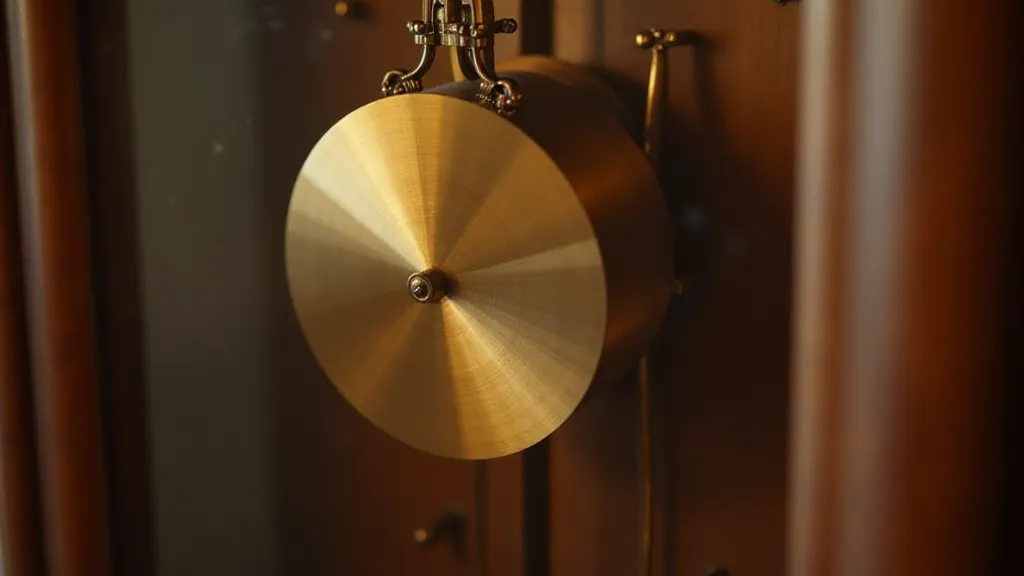
The Clockmaker’s Legacy
Ultimately, identifying antique clocks is more than just a technical exercise; it’s an act of empathy. It’s about stepping into the shoes of the clockmaker, understanding their motivations, their challenges, and their triumphs. It's about recognizing that these intricate machines are not just objects, but embodiments of human creativity, perseverance, and the enduring quest to measure and understand time itself. They are echoes of lives lived, stories silently told, resonating through the passage of centuries.
